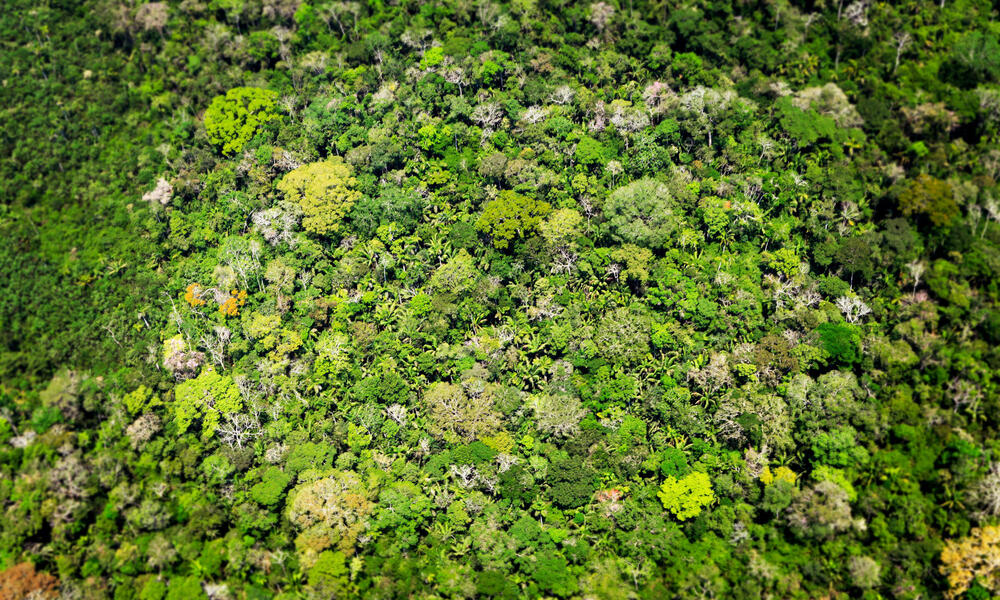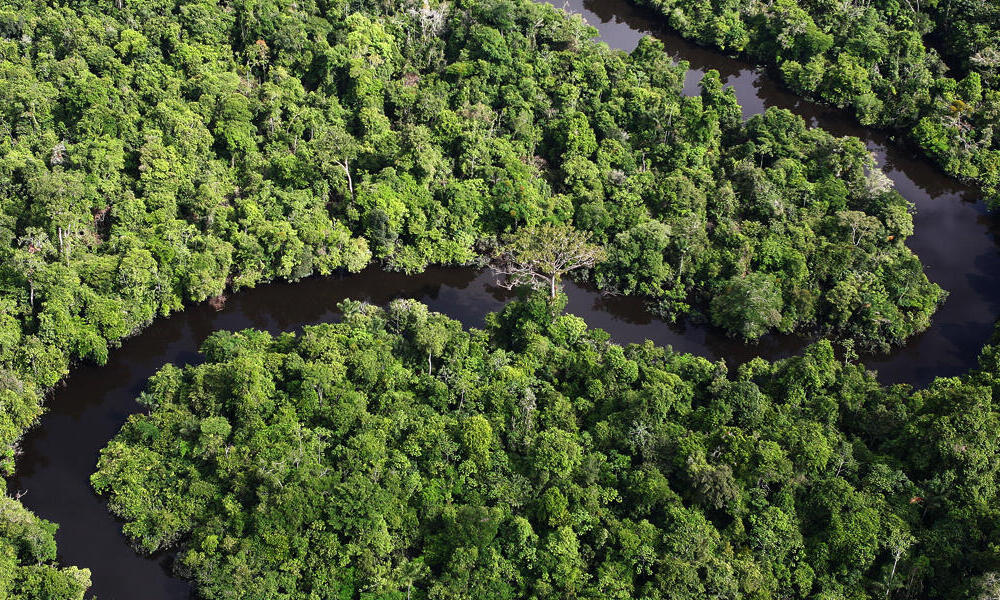

The Amazon is found in South America, spanning across Brazil, Bolivia. A 2018 essay published in Science Advances and mentioned by The New York Times warned that human destruction of the rainforest could turn the region into a savanna. Learn all about the rainforest, the Amazon river, the creatures that live there. Some scientists have said that the forest has reached a tipping point, at which time the forest will not be able to capture enough carbon to offset emissions. In recent years, the Amazon has been subject to massive fires and deforestation and Brazil's president, Jair Bolsonaro, has received backlash for encouraging more deforestation in the area. It remains the world's largest rainforest, and plays an important part in absorbing carbon from the atmosphere. The Amazon rainforest, located largely in Brazil, is a critical barometer to measure climate change and its impacts on the globe. To the south-east, the large island of Madagascar was once intensively forested, but now much of it is not in the same condition at the moment.

The research was conducted by measuring carbon dioxide and monoxide levels from small planes during about 590 flights over the span of 8 years, between 20. The world’s second-biggest rainforest is located in Central Africa. The regions affected most by the carbon imbalance have warmed about 4.5 degrees Fahrenheit. The following charts show the extent of primary forest cover and tree cover in the tropics for the world's five largest blocks of rainforest: Amazon, Congo, Australiasia, Sundaland, and Indo-Burma. This article focuses specifically on the world's tropical rainforests. "Over the past 40 years, eastern Amazonia has been subjected to more deforestation, warming and moisture stress than the western part, especially during the dry season, with the southeast experiencing the strongest trends," the study reads. Rainforests are found on all the world's continents except Antarctica.


 0 kommentar(er)
0 kommentar(er)
